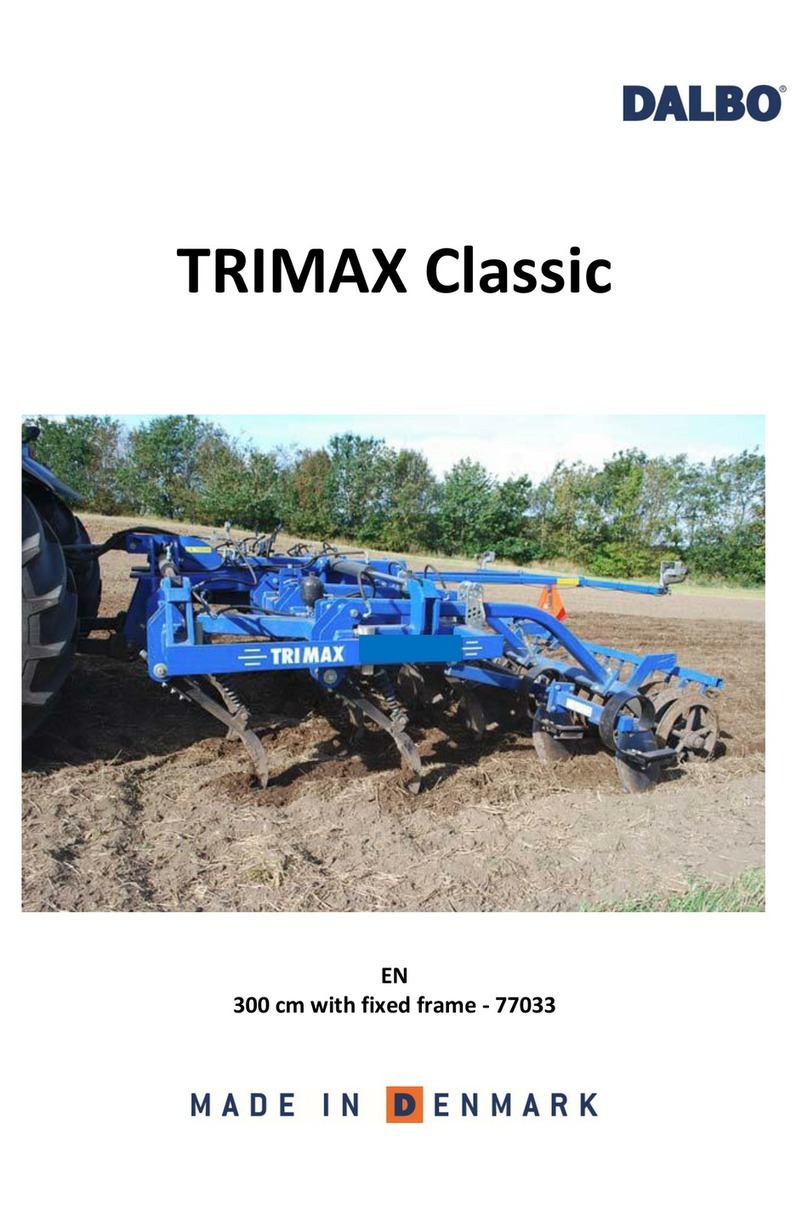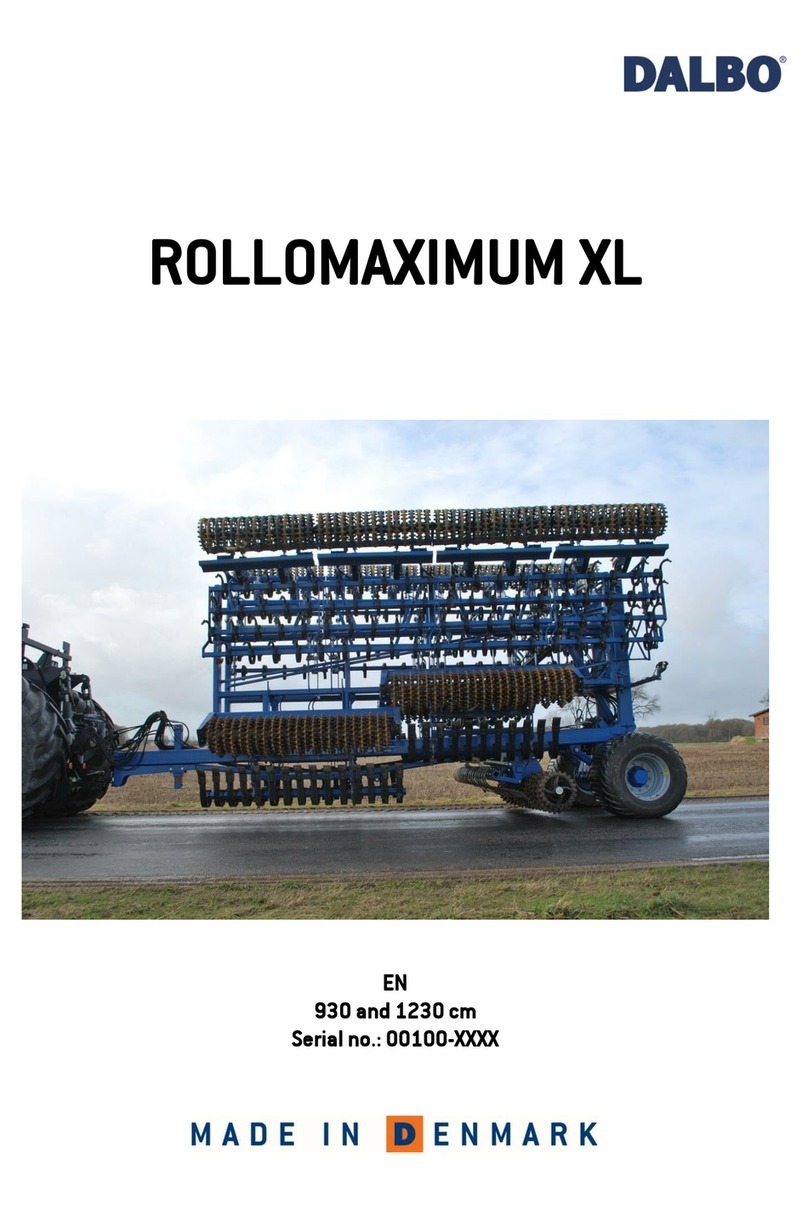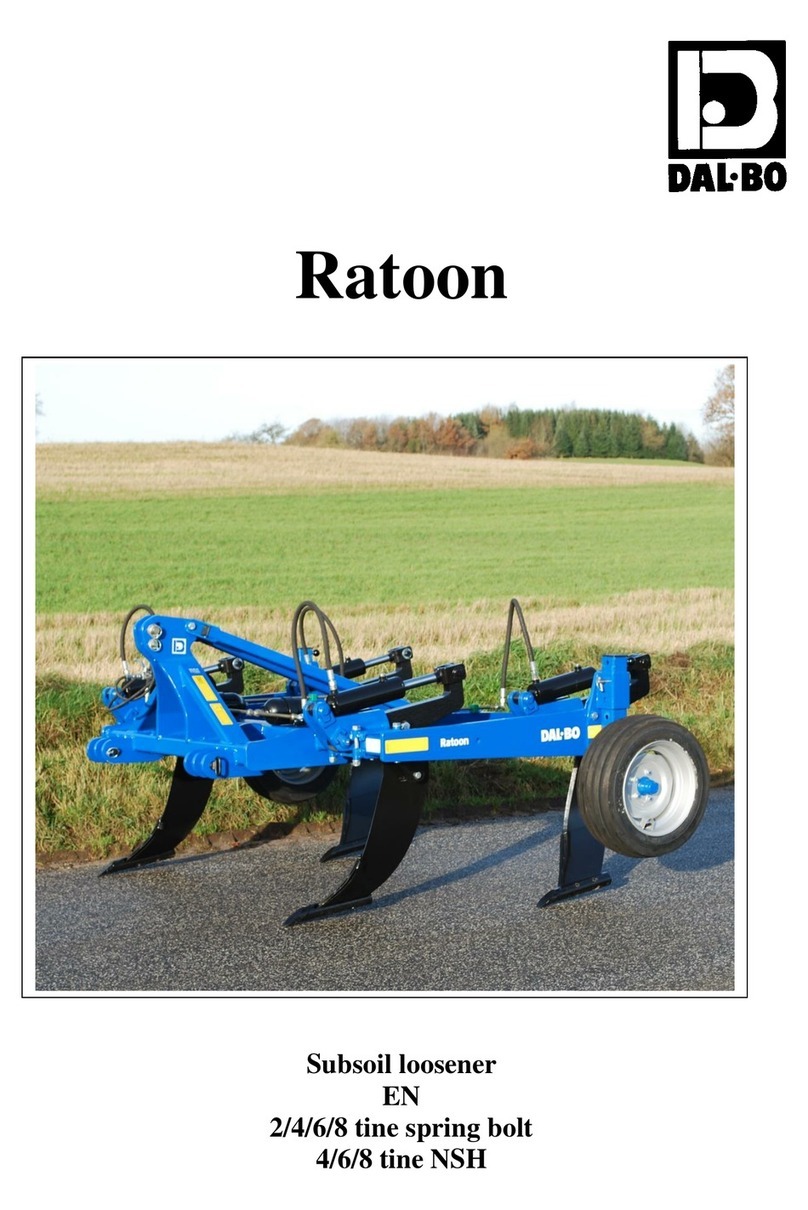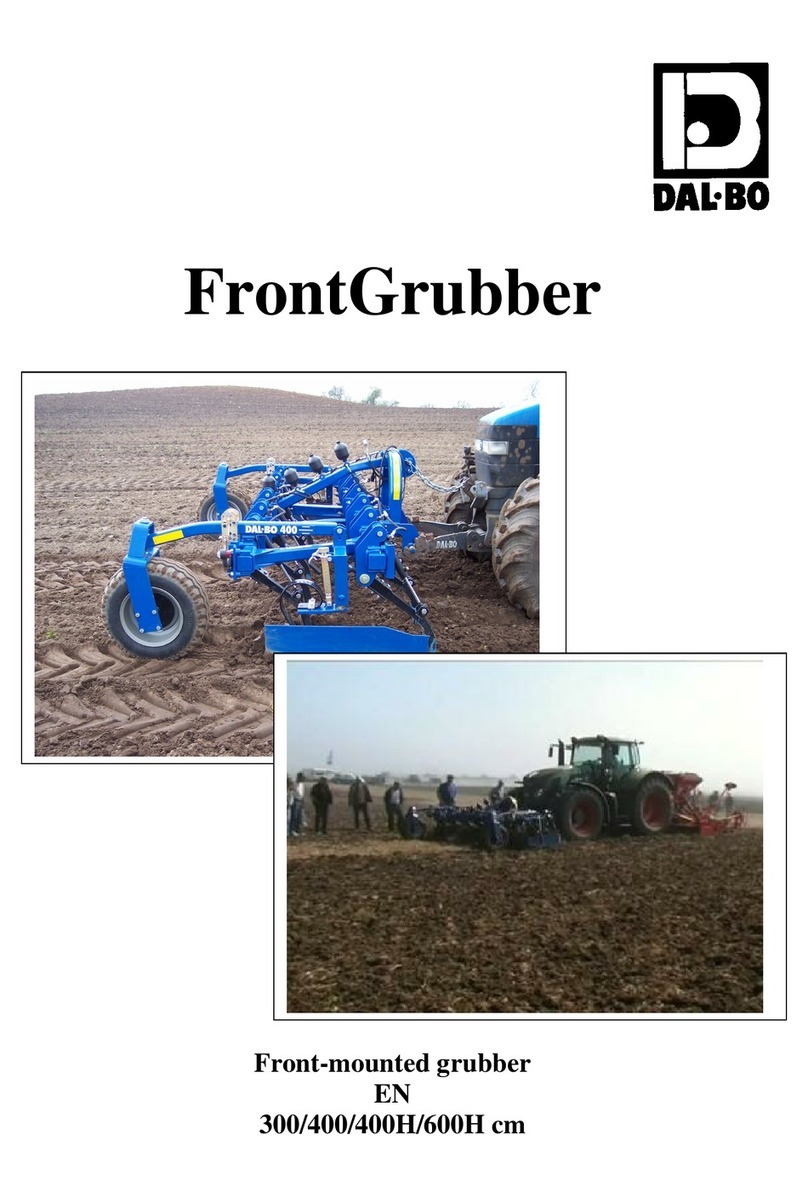DALBO MINIMAX User manual
Other DALBO Farm Equipment manuals
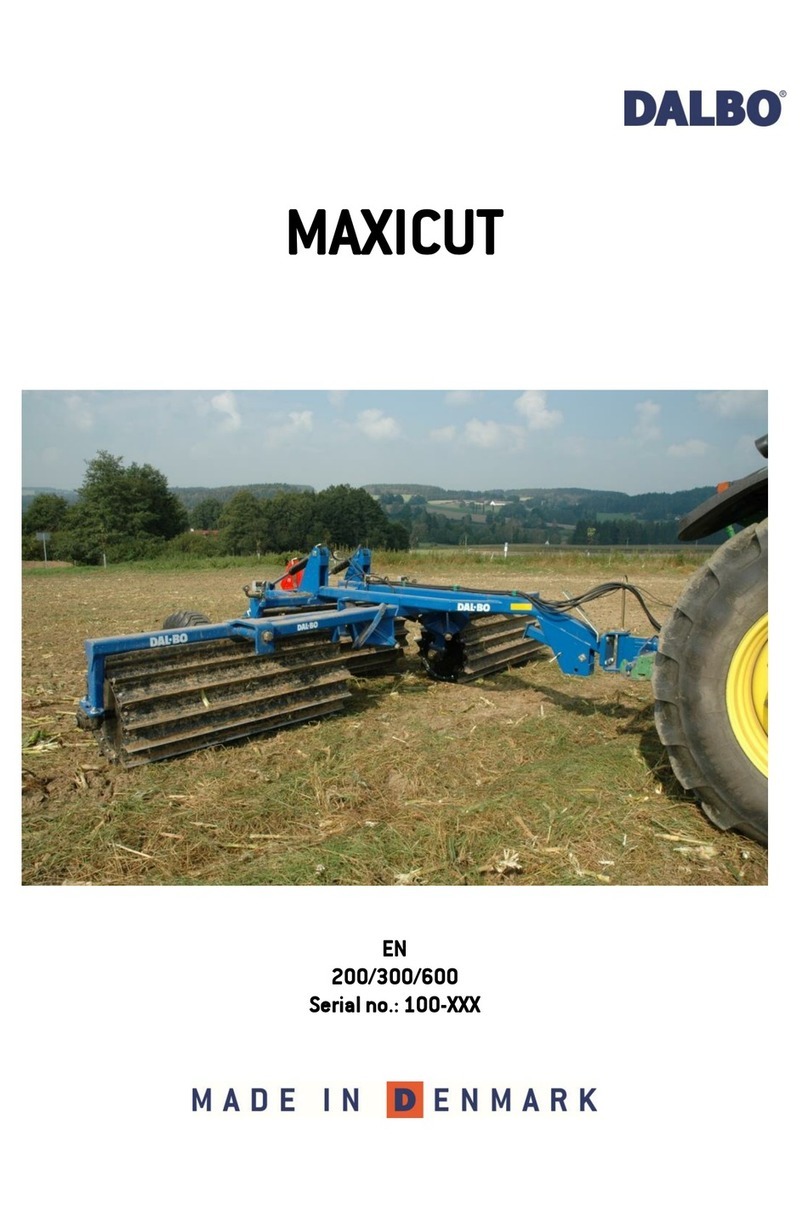
DALBO
DALBO MAXICUT User manual

DALBO
DALBO MINIMAX 830 2008 User manual
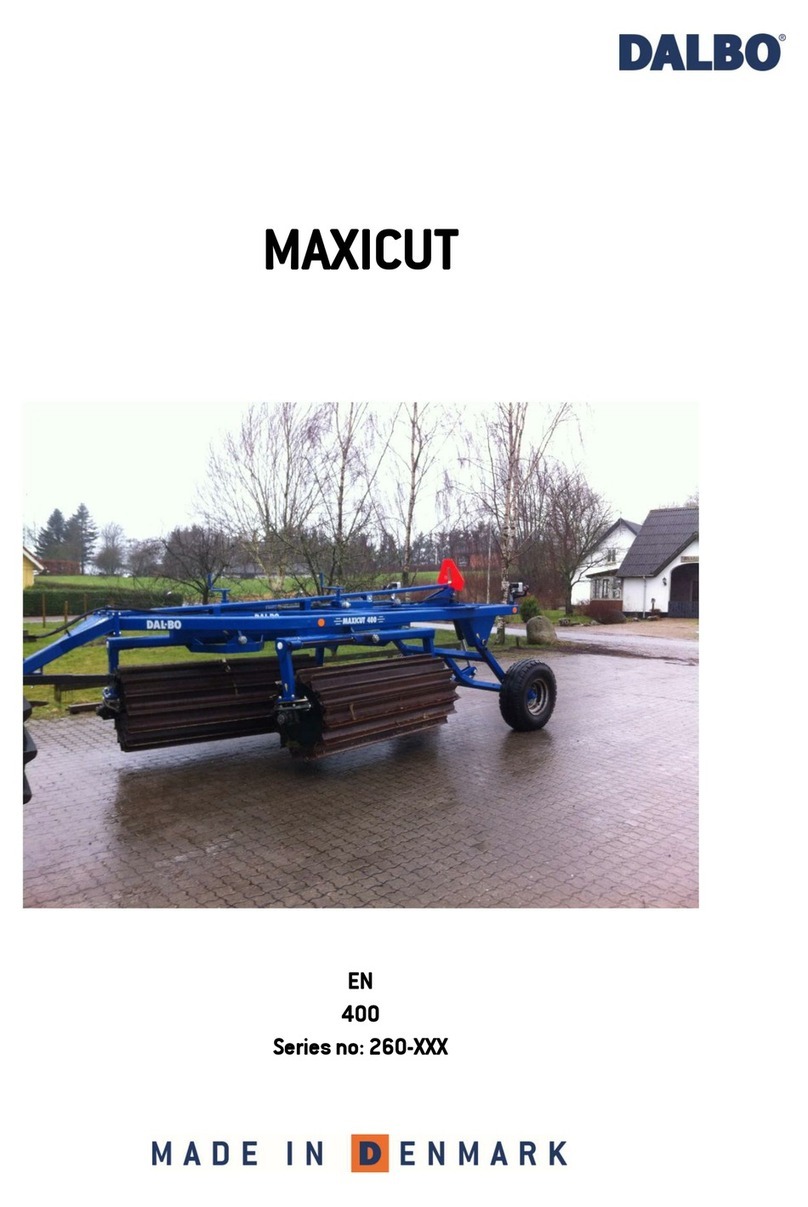
DALBO
DALBO MAXICUT 260 Series User manual
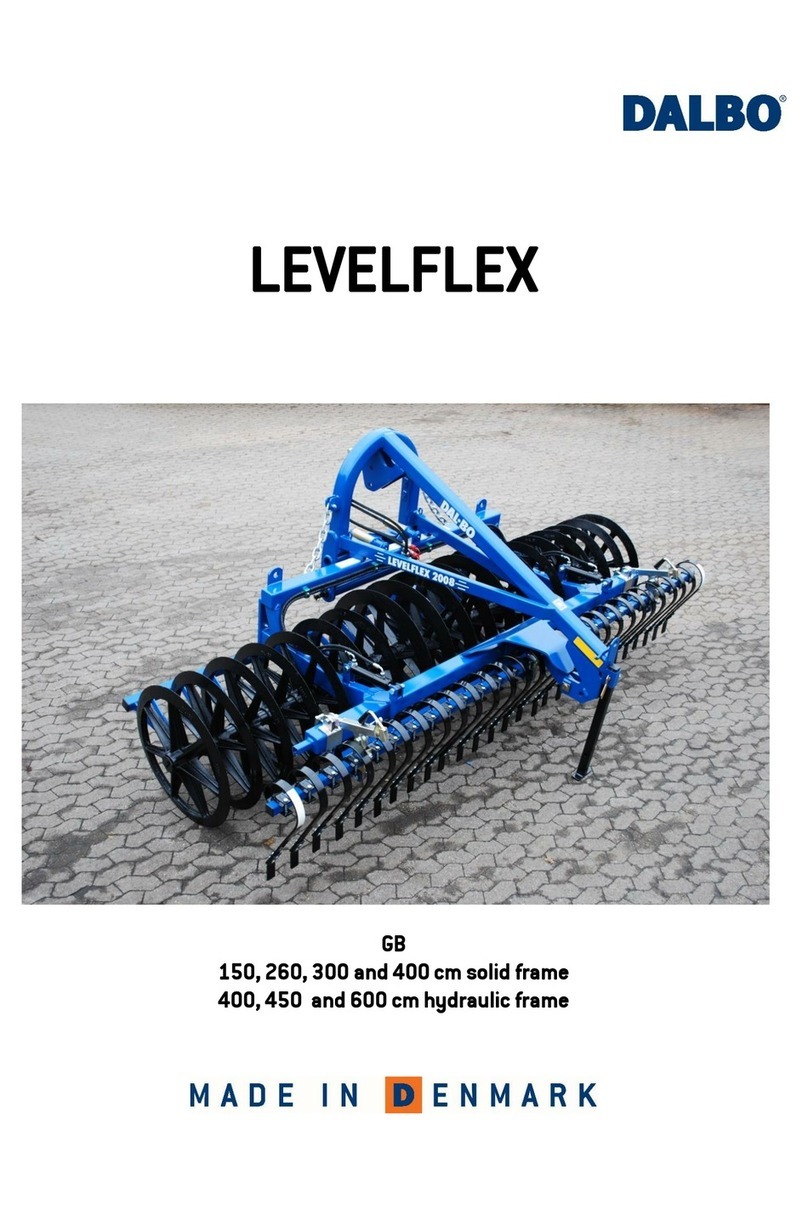
DALBO
DALBO LEVELFLEX 150 User manual
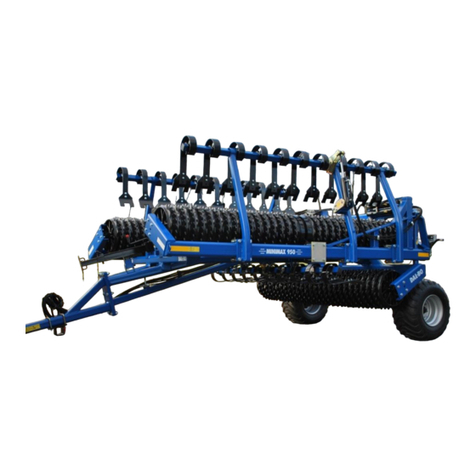
DALBO
DALBO MINIMAX User manual
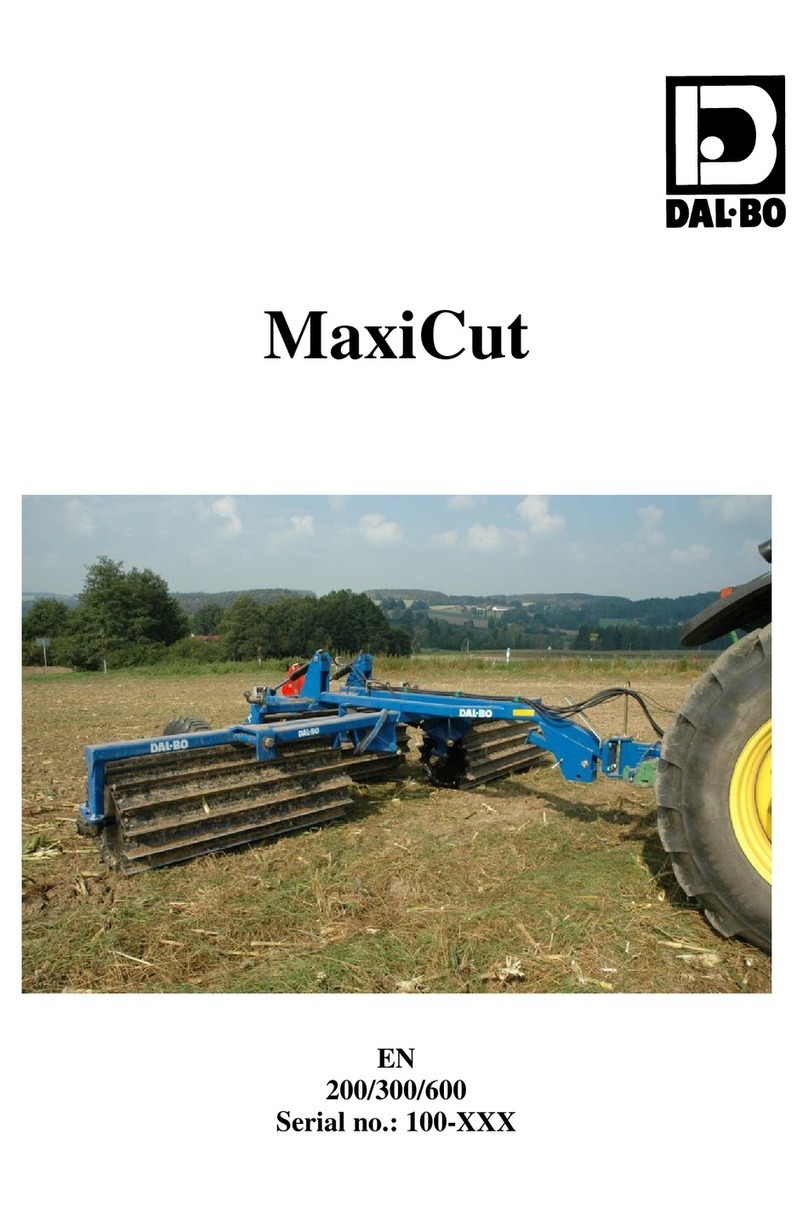
DALBO
DALBO MaxiCut 200 User manual
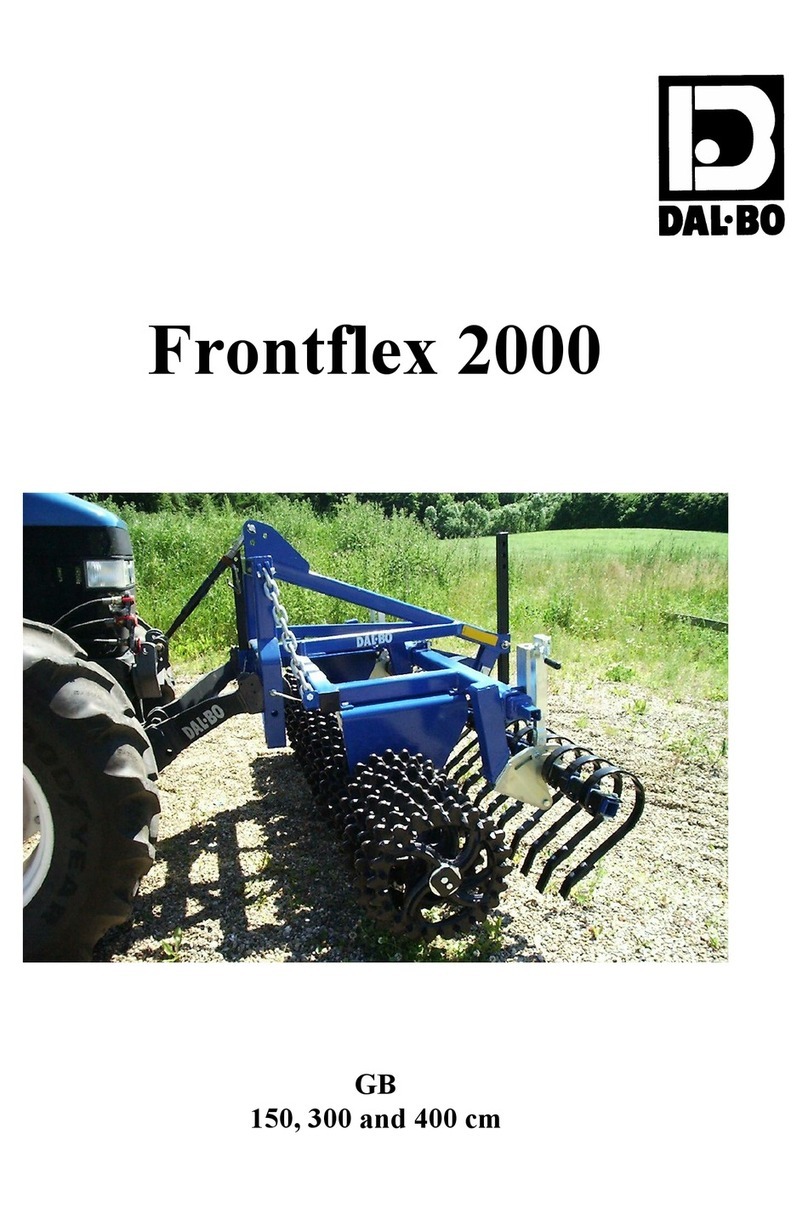
DALBO
DALBO Frontflex 2000 Series User manual
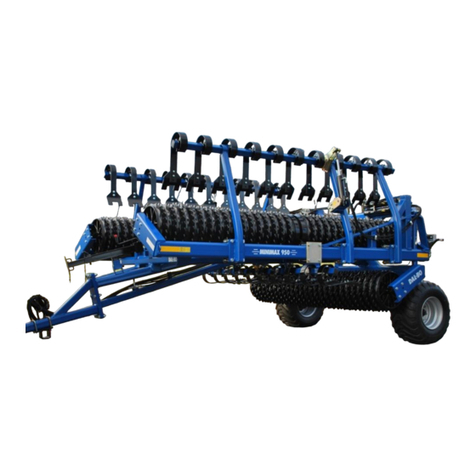
DALBO
DALBO MINIMAX 950 User manual

DALBO
DALBO CULTITRAIL 500 User manual
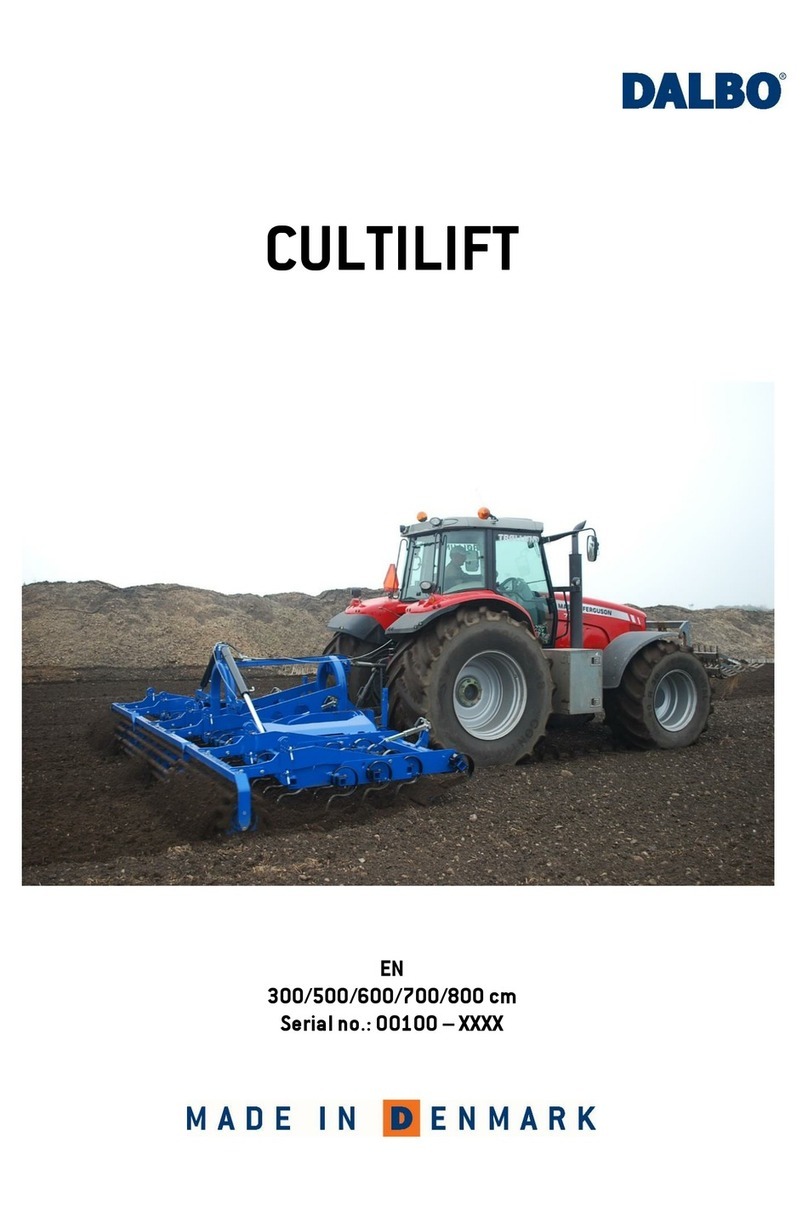
DALBO
DALBO CULTILIFT 300 User manual
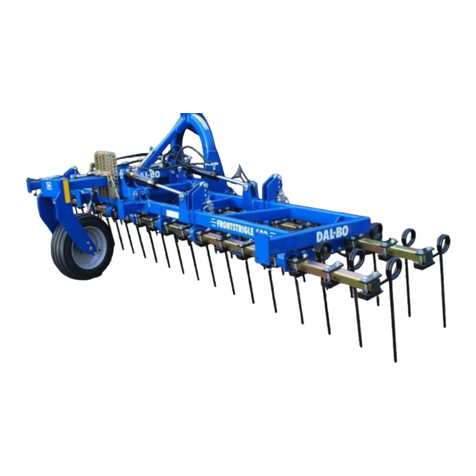
DALBO
DALBO CULTILIFT 300 User manual

DALBO
DALBO Maxiroll Greenline Lift 300 User manual
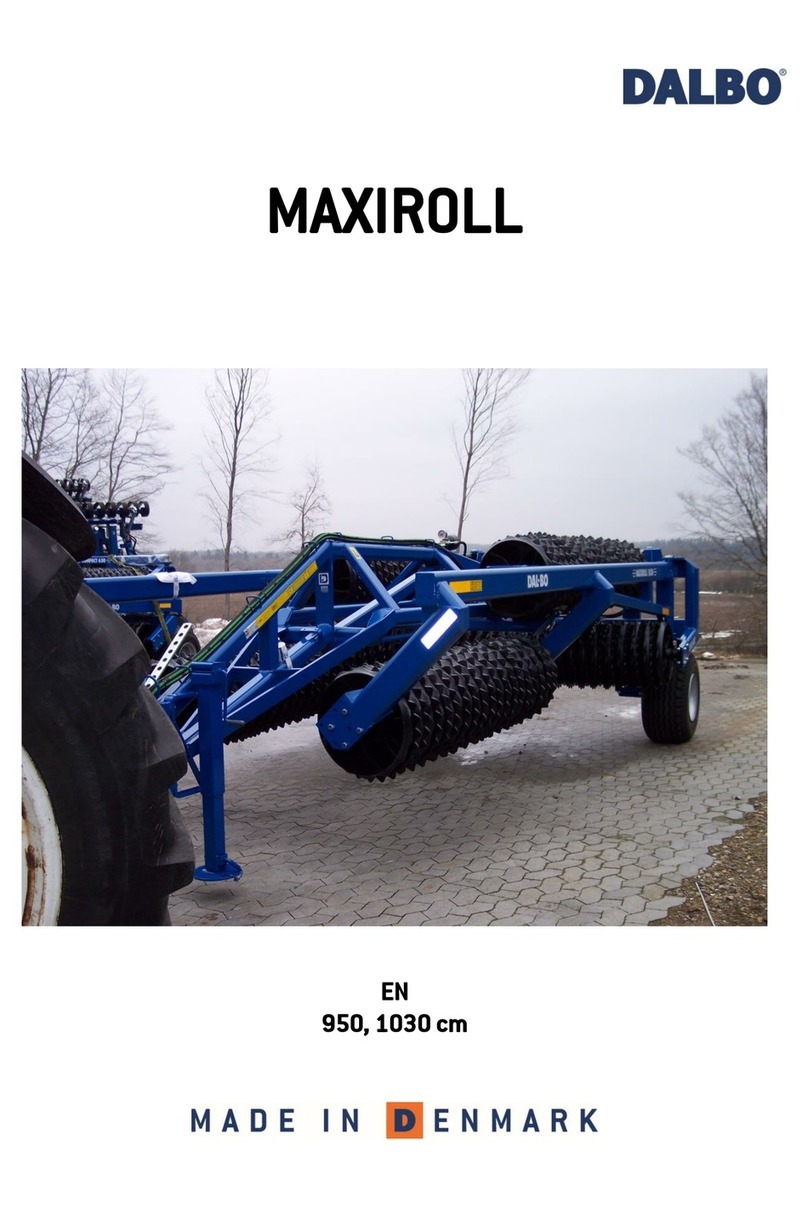
DALBO
DALBO MAXIROLL 950 User manual
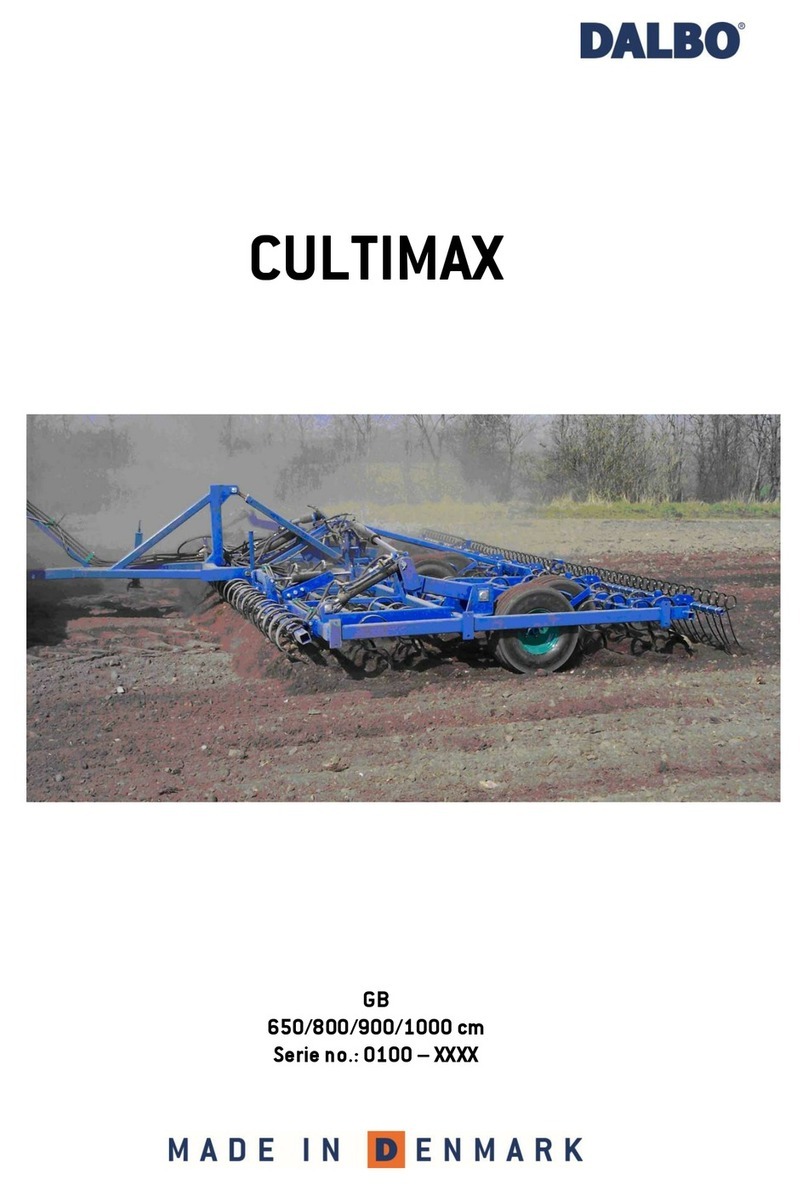
DALBO
DALBO CULTIMAX 650 User manual
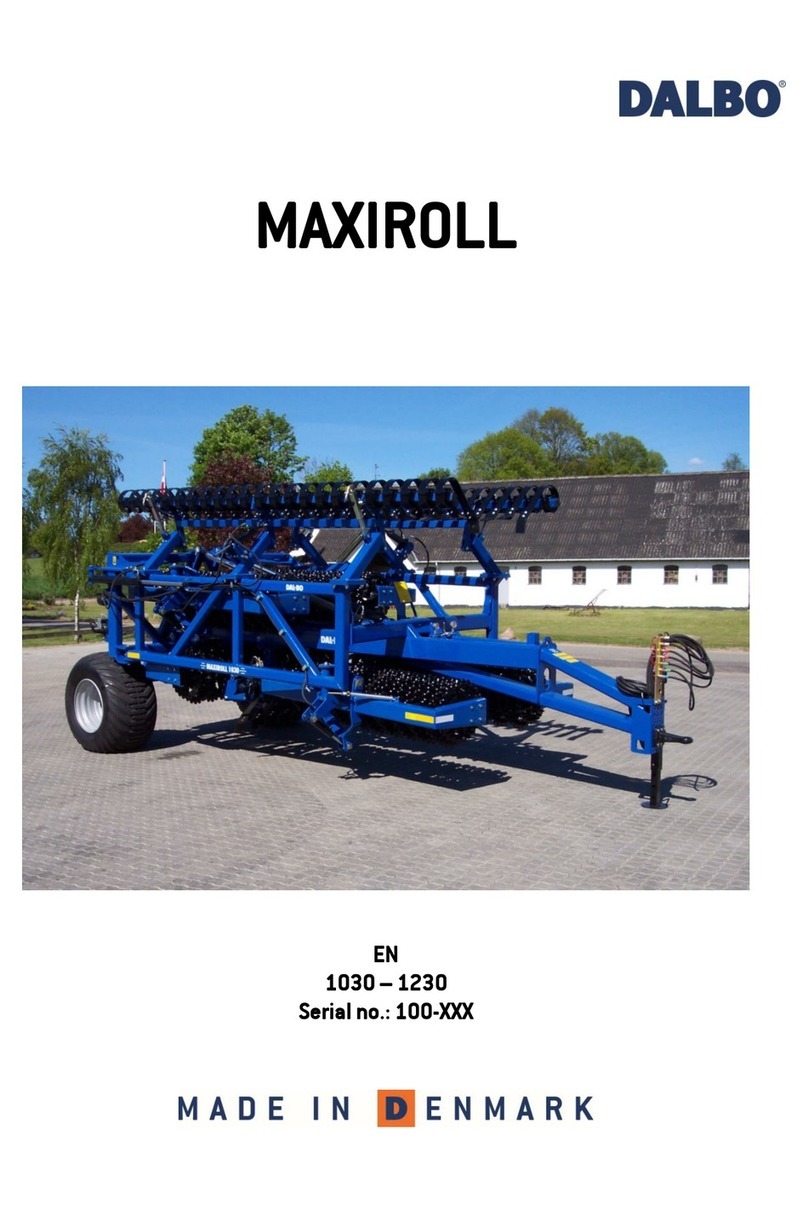
DALBO
DALBO MAXIROLL 1030 User manual

DALBO
DALBO CULTILIFT 300 User manual
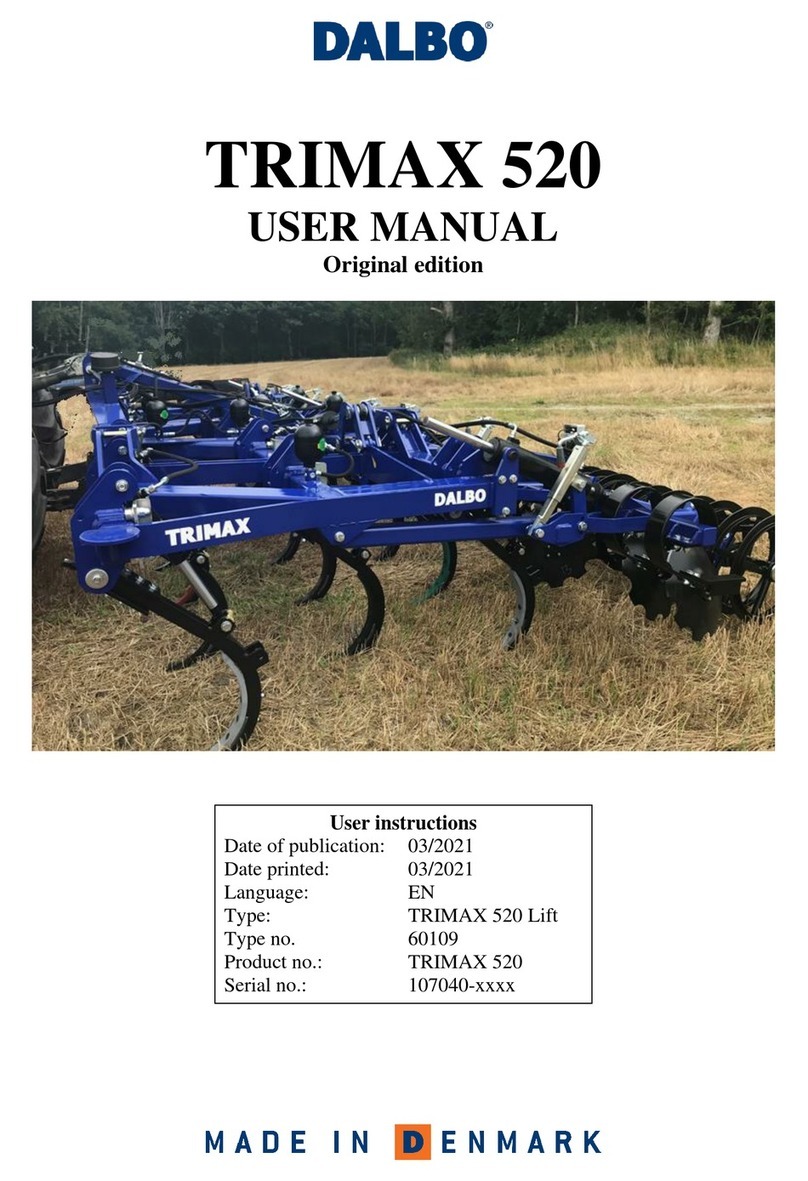
DALBO
DALBO TRIMAX 520 User manual
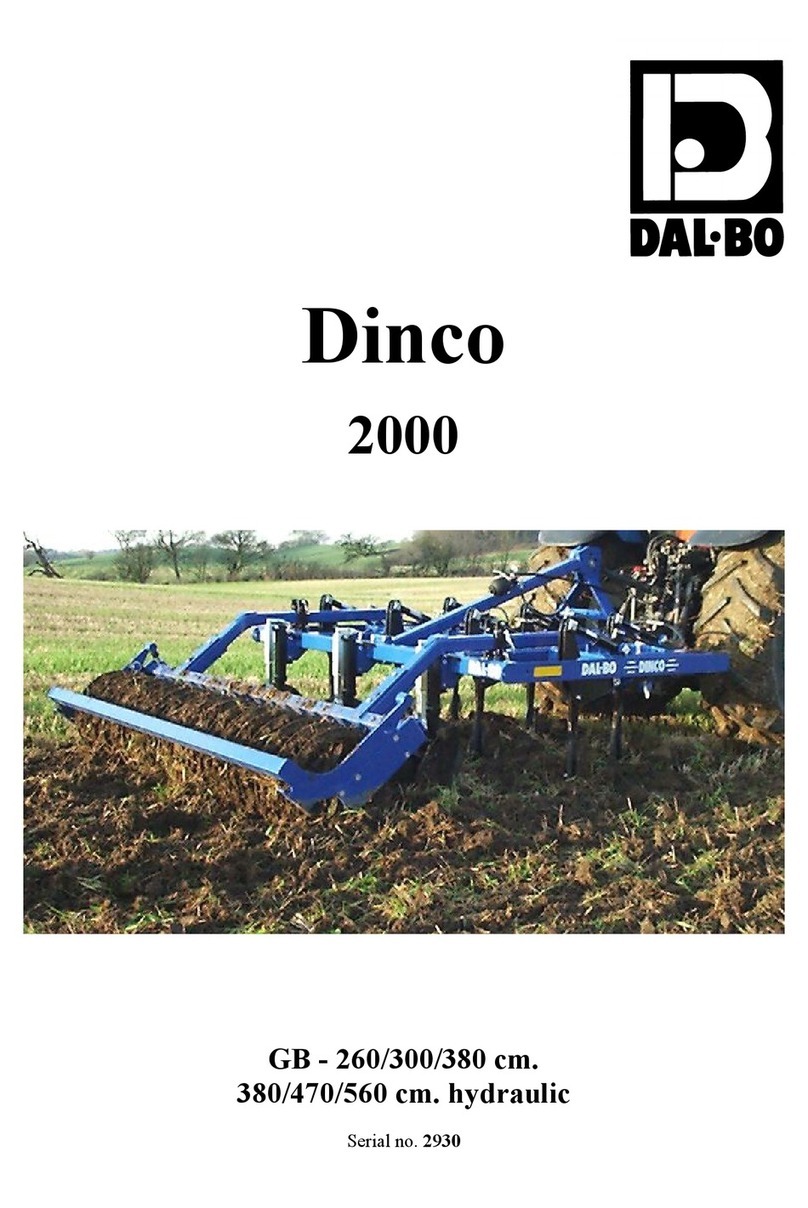
DALBO
DALBO Dinco 2000 User manual
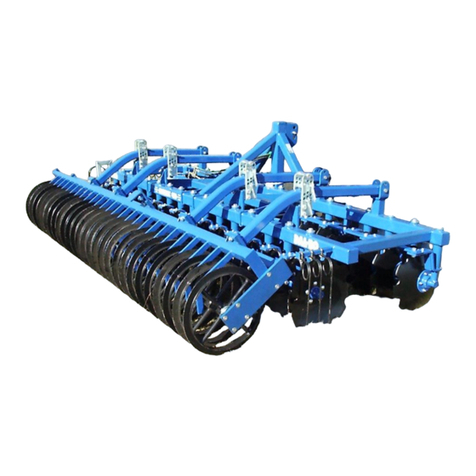
DALBO
DALBO MAXIDISC 300 User manual
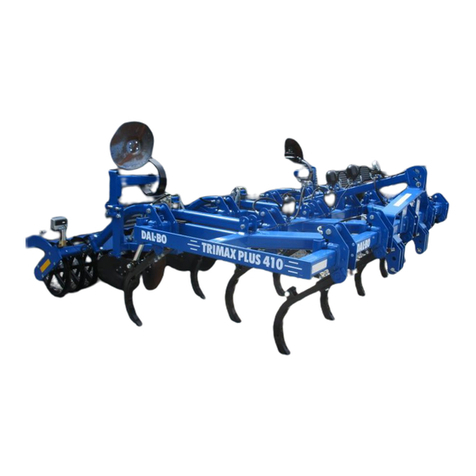
DALBO
DALBO TRIMAX Plus 300 User manual
Popular Farm Equipment manuals by other brands

Schaffert
Schaffert Rebounder Mounting instructions

Stocks AG
Stocks AG Fan Jet Pro Plus 65 Original Operating Manual and parts list

Cumberland
Cumberland Integra Feed-Link Installation and operation manual

BROWN
BROWN BDHP-1250 Owner's/operator's manual

Molon
Molon BCS operating instructions

Vaderstad
Vaderstad Rapid Series instructions
